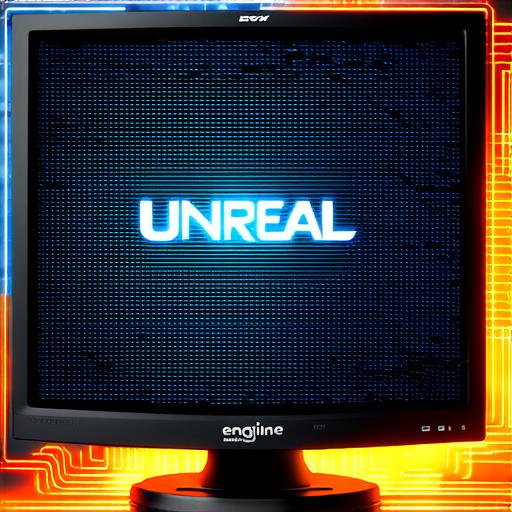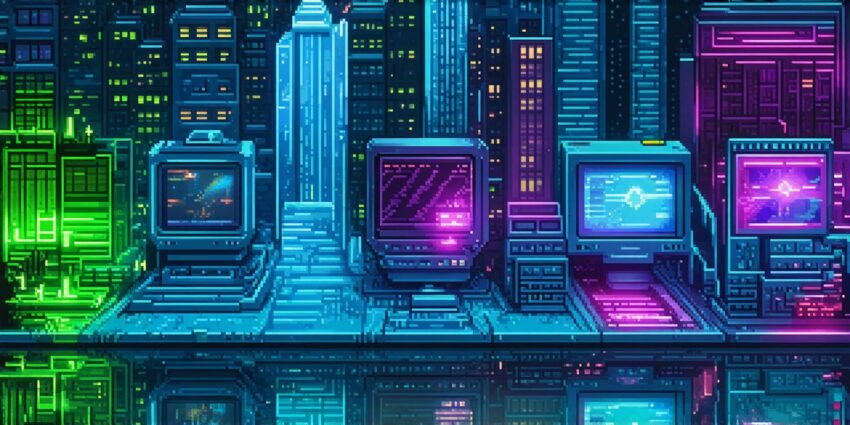If you are a game developer or interested in creating games, you may have heard about Unreal Engine. This popular real-time 3D creation tool has been used to create some of the most visually stunning and immersive games available today.
Unreal Engine: A Brief Overview
Before we dive into the history of Unreal’s free release, let’s take a quick look at what Unreal Engine is. Unreal Engine is a real-time 3D engine that was developed by Epic Games in 1998. It is used to create games for various platforms, including PC, consoles, and mobile devices. The engine has been used to create some of the most popular games, such as Fortnite, Gears of War, and Uncharted.
The Free Release: A Game-Changer
Now that we have a brief overview of what Unreal Engine is, let’s explore when it was made available for free. In 2015, Epic Games announced that they would be releasing a new version of Unreal Engine, called “Unreal Engine 4,” which would be available for free.

The Benefits of the Free Release
The release of the free version of Unreal Engine has brought about significant changes in the gaming industry. With the free release, game developers who may not have had the financial resources to purchase a full license can now create and distribute their games without any cost.
This has led to an increase in the number of indie games available, as more people are able to pursue their passion for game development. The free version of Unreal Engine also includes a number of advanced features that were previously only available in the paid version. These features include support for virtual reality and augmented reality, as well as tools for creating interactive experiences in 3D environments.
Summary
In conclusion, Unreal Engine was made available for free in 2015, which has had a significant impact on the gaming industry. With the free release, more people are able to pursue their passion for game development and create innovative games without any cost. The advanced features included in the free version have also allowed game developers to push the boundaries of what is possible with 3D technology.
